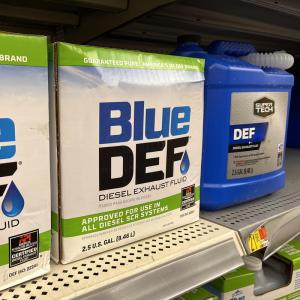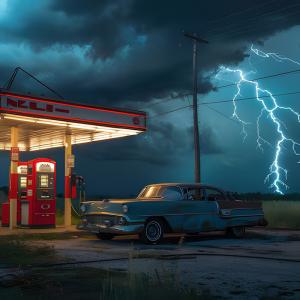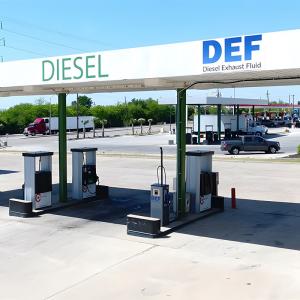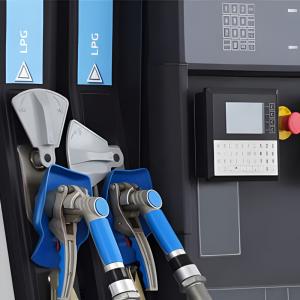8 Steps for Fueling Safely at Gas Station
Best Practices for Fluid Dispensers, Diesel Systems, and Nozzle Maintenance
Whether you're fueling your car or industrial equipment, refueling is a routine task that carries potential risks. Neglecting any detail can lead to serious consequences, from equipment damage to fire or even explosions. With the development of automation and smart technology, the hottest refueling topics are shifting from "how to refuel" to "how to refuel more safely and intelligently." This is not just about personal safety; it's also about the environment, equipment longevity, and operational compliance.
This guide will provide a detailed breakdown of 8 critical steps to ensure you perform safe, efficient, and compliant refueling operations in any situation.
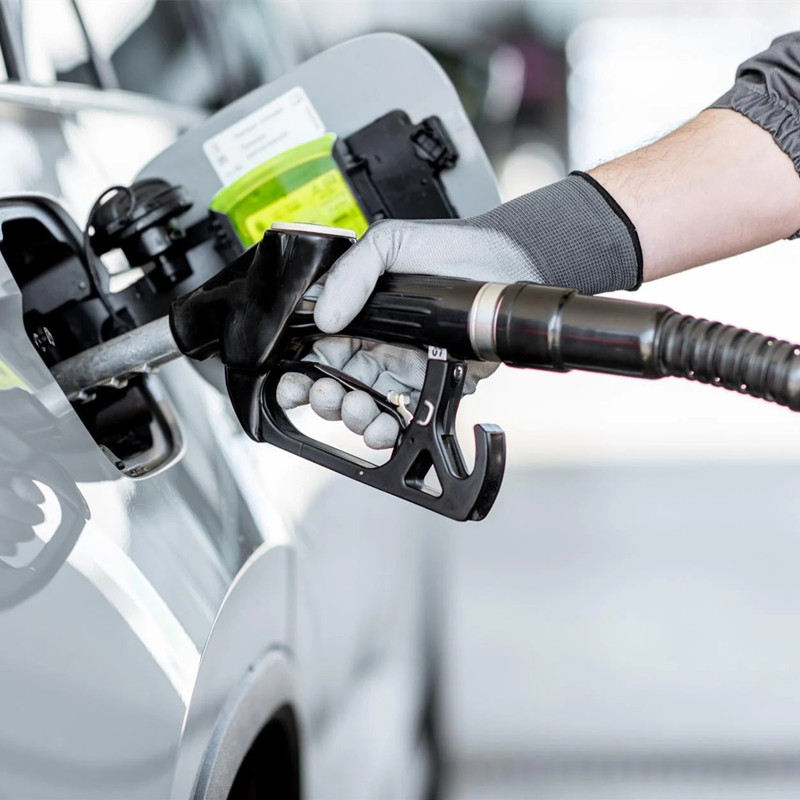
Step 1: Pre-Planning and Equipment Inspection — The Starting Point of Safety
The first step to safe fueling begins with preparation, not with the nozzle. Before starting any fueling operation, you need to plan the entire process and inspect all relevant equipment. Make sure your fluid dispenser is in good working condition, with no obvious wear or leaks. Check the fuel tank's capacity, fuel type (gasoline, diesel, etc.), and the amount to be added to avoid incorrect or excessive fueling. Especially in industrial settings, ensure you are using equipment that meets specific fuel standards. For example, a fluid dispenser for gasoline should not be used for diesel, and vice versa.
Step 2: Choose a Safe Area and Park Correctly
It is crucial to choose a safe area for fueling your equipment. This is typically an open space, away from ignition sources, with good ventilation and a flat surface. For vehicles, park in a designated fueling area and engage the parking brake. For industrial equipment, ensure there are no flammable materials or sources of sparks nearby.
Step 3: Turn Off All Ignition Sources — Breaking the Chain of Risk
This is the most critical step, and it is often overlooked. Before fueling, you must completely turn off all potential ignition sources. For a vehicle, shut off the engine. For a generator or industrial equipment, ensure it is completely powered down. Additionally, do not smoke, use a mobile phone, or engage in any activity that could generate a static spark in the fueling area. Future trends in fluid dispensers will integrate smart shutdown systems that can automatically stop fueling when a potential danger (such as an abnormal spark or static electricity) is detected, ensuring explosion-proof safety.
Step 4: Static Elimination and Grounding — The Unseen Guardian
Static electricity is the most subtle and dangerous enemy during the refueling process. The flow of fuel through the hose can generate static electricity, which can be released in a spark upon contact between the nozzle and the tank, leading to a fire. The correct practice is to touch a metal part of the vehicle with your hand before taking the nozzle, allowing any static electricity you may be carrying to discharge. In industrial fueling scenarios, standard fluid dispensers are equipped with a static grounding clamp to ensure the equipment remains connected to the ground throughout the fueling process.
Step 5: Correct Connection and Starting the Electric Diesel Pump
Making a proper connection is the prerequisite for smooth and safe fueling. First, securely insert the nozzle into the tank opening. For fueling systems that require manual activation, such as certain electric diesel pumps, follow the operating manual. Ensure all connections are tight and leak-free before starting the pump. Modern electric diesel pumps support smart pump control, allowing for preset fueling volumes and flow rates for more precise fluid management, and preventing overflow caused by improper manual operation.
Step 6: Smooth Fueling and Avoiding Overfill
During fueling, operate the nozzle smoothly and avoid frequently stopping and starting. Another golden rule of safety is to avoid filling the tank completely. Leave at least 5% empty space to accommodate the volume expansion that occurs when fuel heats up. As the tank gets full, slow down and stop fueling after the automatic shut-off triggers. Advanced fueling equipment has overflow prevention features that can slow down or stop the pump when the system detects an imminent overflow. Combined with precise metering technology, this ensures the fueled volume matches the preset amount, eliminating waste and risk.
Step 7: Disconnecting and Component Inspection — Paying Attention to Detail
After fueling is complete, slowly pull out the nozzle, allowing any residual fuel in the hose to drip into the tank. Then, return the nozzle to its holster and tighten the tank cap. This is an excellent time to inspect the fuel system, especially for equipment using diesel fuel components. Check the tank cap, vent tubes, and diesel fuel components for leaks, cracks, or wear, ensuring the system is in good condition. Regular inspection and replacement of diesel fuel components are key to ensuring component durability and system maintenance, especially in high-intensity usage environments.
Step 8: Site Cleanup and Nozzle Replacement
If a small spill occurs during fueling, immediately clean it up with absorbent pads or sand. Then, properly store all tools and equipment. For a worn or damaged nozzle, you should arrange for a gas nozzle replacement immediately. Using a compliant nozzle is the foundation for ensuring a proper seal and safety. Nozzle replacement is part of a broader equipment lifecycle management process that should follow standardized operating procedures, using genuine or certified spare parts to ensure every fueling is safe and reliable.
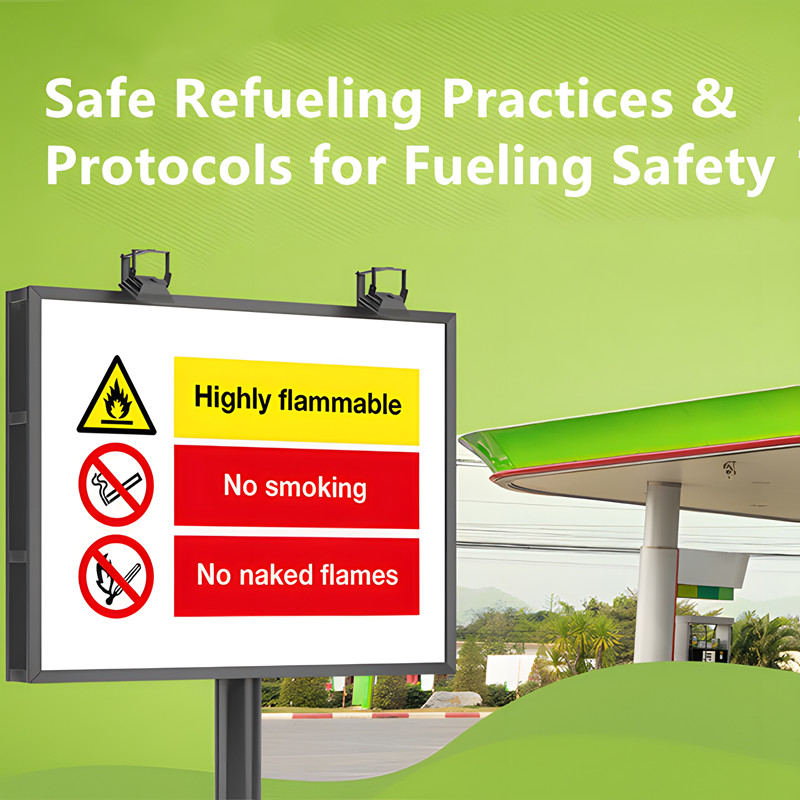
Conclusion
Safe fueling is not an accident; it is a result of a series of rigorous and meticulous steps. From preparation to completion, every step is crucial for personal safety, equipment integrity, and environmental protection. By following these 8 steps and combining them with a deep understanding and regular maintenance of key equipment like fluid dispensers, electric diesel pumps, and diesel fuel components, we can minimize the risks associated with refueling. As technology advances, we have more smart tools to assist in this process, but ultimately, the safety of the operation still depends on the operator's sense of responsibility and professionalism.

